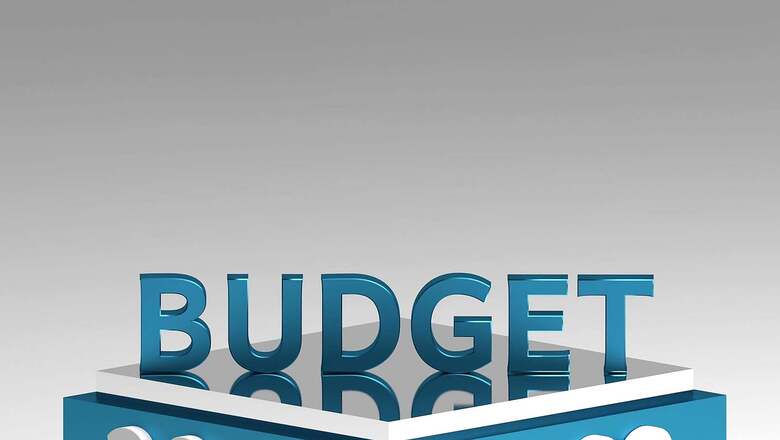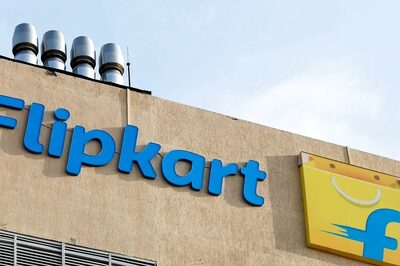
views
Ahead of the Union Budget 2022, to be presented on February 1 by Union Finance Minister Nirmala Sitharaman, the healthcare industry wants the government should look at according to priority status to the healthcare segment while increasing the public expenditure on the sector. As per the leading healthcare providers in the country in the private sector, the government should also consider the continuation of tax incentives, up-gradation of medical facilities in smaller towns, and the skilling of the workforce in the Budget.
Increased budgetary allocation
Various stakeholders from the industry have demanded an increase in the healthcare budget allocation from 2.5 per cent of the GDP to 3 per cent. Last year’s budget had announced a 137 per cent increase in healthcare spending to address gaps that had emerged after the pandemic outbreak. Healthcare accounted for about 1.8 per cent of the GDP in 2021, but the industry would like it to increase further with this budget.
Rationalise and revise rates of Ayushman Bharat scheme
Civil hospital infrastructure is surely not enough to manage the scheme alone. To ensure the success of the scheme, and to enable more private hospitals to adopt the Ayushman Bharat Yojana, the industry expects rationalising or up-revising the rates. The Government has been planning to rationalise the rates of health benefit packages under the scheme and resolve issues with payments. This would encourage private hospitals to take part in Ayushman Bharat-Jan Arogya Yojana (JAY).
Reduce GST Rates on Health Insurance Premiums
The COVID-19 pandemic has brought about an intense focus on the subject of preventive healthcare and implored citizens to secure themselves by purchasing adequate health insurance cover. However, in the backdrop of falling incomes because of medical exigencies or job losses, many Indians are scaling down the coverage of their health insurance policies in a bid to save on the premium amount expended. Adding to this alarming trend is the fact that nearly 30% of the Indian population remain uninsured and you have a dangerous situation that is detrimental to our country’s goal of achieving Universal Health Coverage (UHC) by 2030.
Satish Gidugu, CEO & Whole Time Director at Medi Assist Healthcare Services, said: “To reverse this course, it is imperative that tax-paying citizens are incentivised to opt for a higher health insurance cover while the Government focuses on its slew of initiatives aimed at the bottom 50 per cent of India’s population. There is an opportunity to reduce the GST rates on health insurance premiums, allow input credit on GST paid towards employee health insurance, and eliminate perquisite tax completely on employee medical reimbursements. This will create a significant impact on the overall adoption of health insurance.”
Reduction of GST rate on medical equipment and devices
The current GST rate on various medical equipment, devices and instruments is 12 per cent. It is recommended that medical equipment, devices and instruments and their parts be brought at par with other preferential products and taxed at a preferential GST rate of 5 per cent to reduce the cost of healthcare services.
Other Incentives
As per the leading healthcare providers in the country in the private sector, the government should also consider the continuation of tax incentives, upgradation of medical facilities in smaller towns, and the skilling of the workforce in the Budget.
“The government had rightly placed health and well-being as the first of the six pillars in the Union Budget 2021 and the focus must continue in 2022 too. Firstly, the outlay for healthcare infrastructure to be increased further…facilities in tier 2-3 towns need to be equipped with diagnosis centres, ventilators, ICUs, critical care facilities and oxygen plants,” Fortis Healthcare MD and CEO Ashutosh Raghuvanshi.
Read all the Latest Business News here


















Comments
0 comment